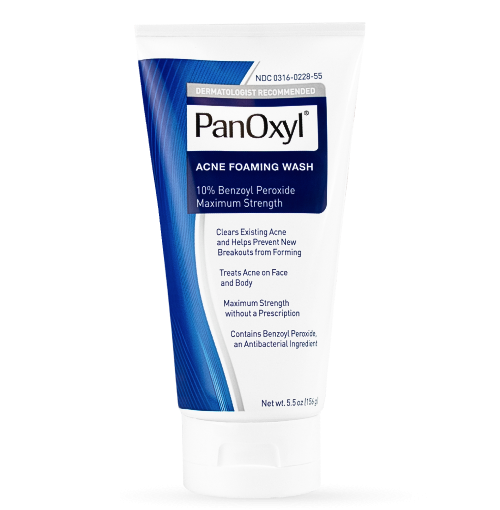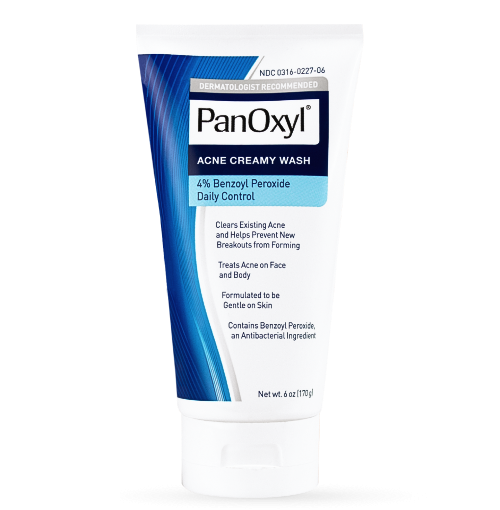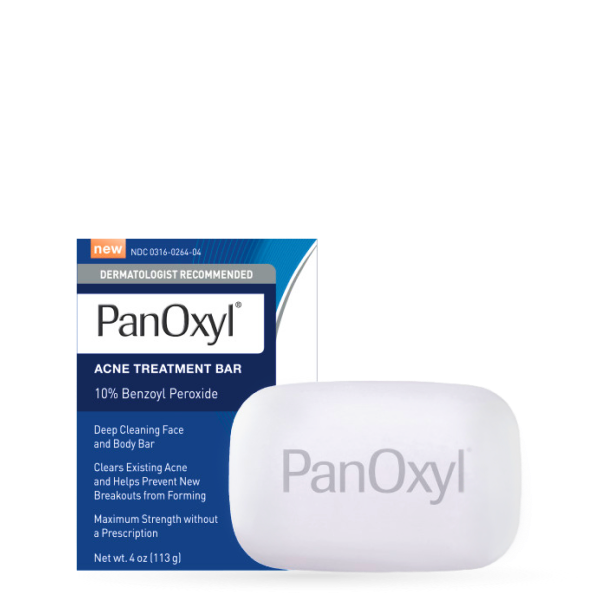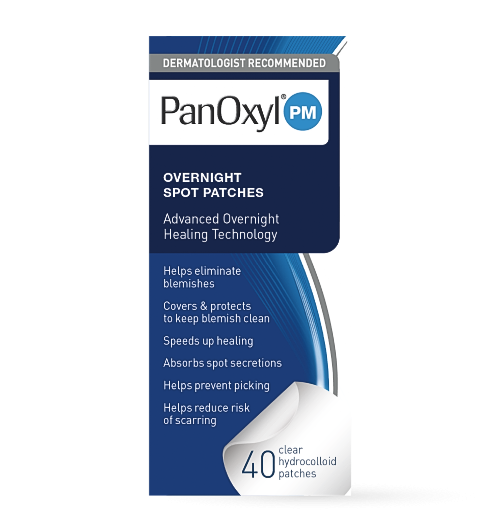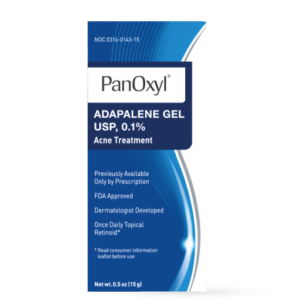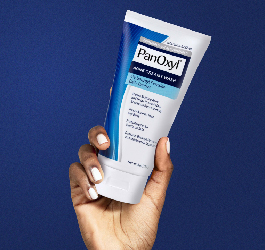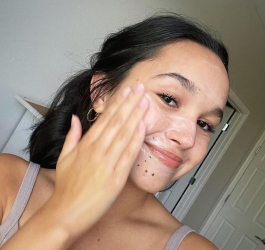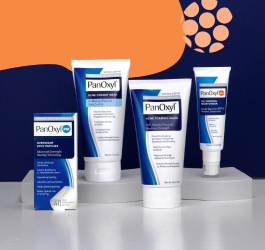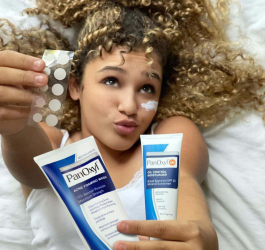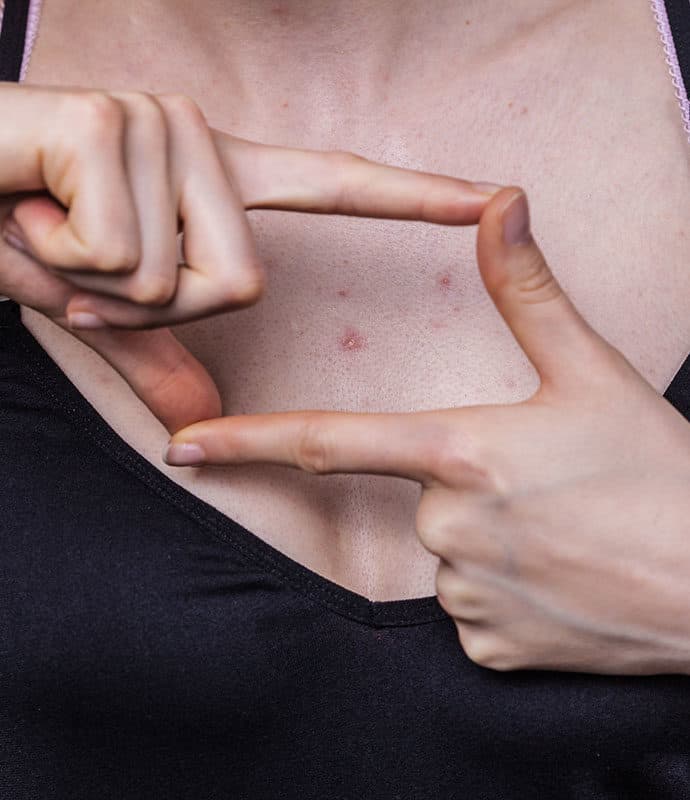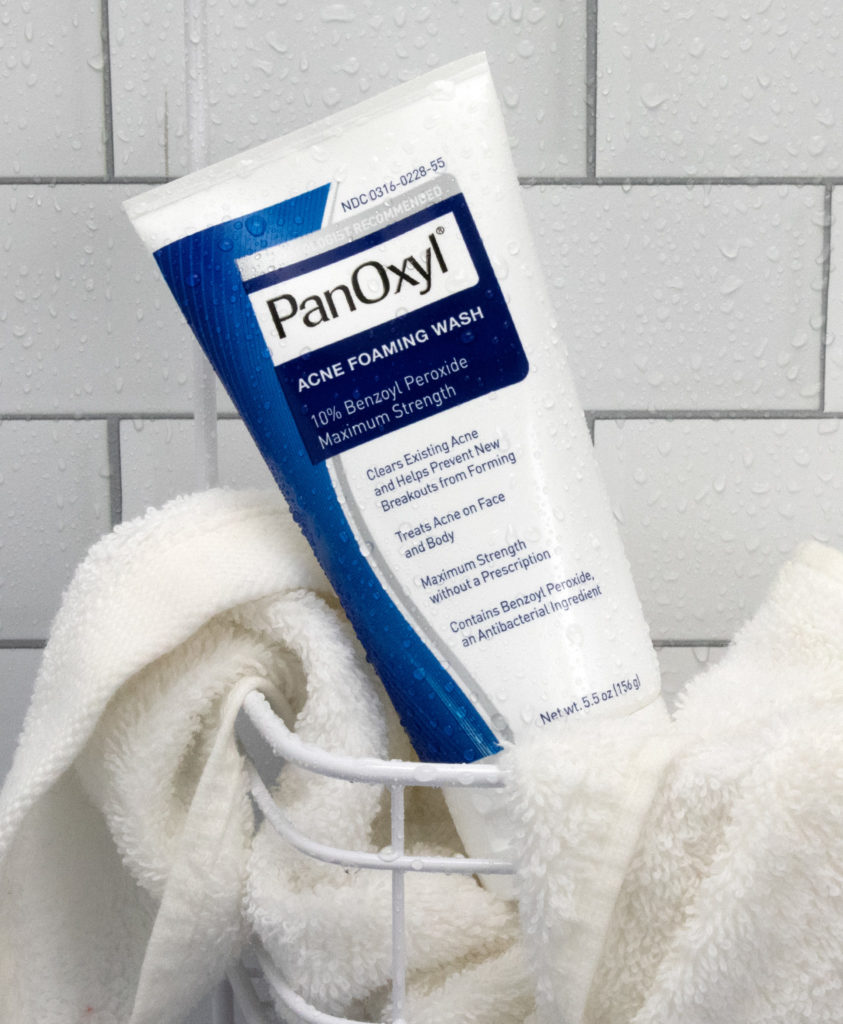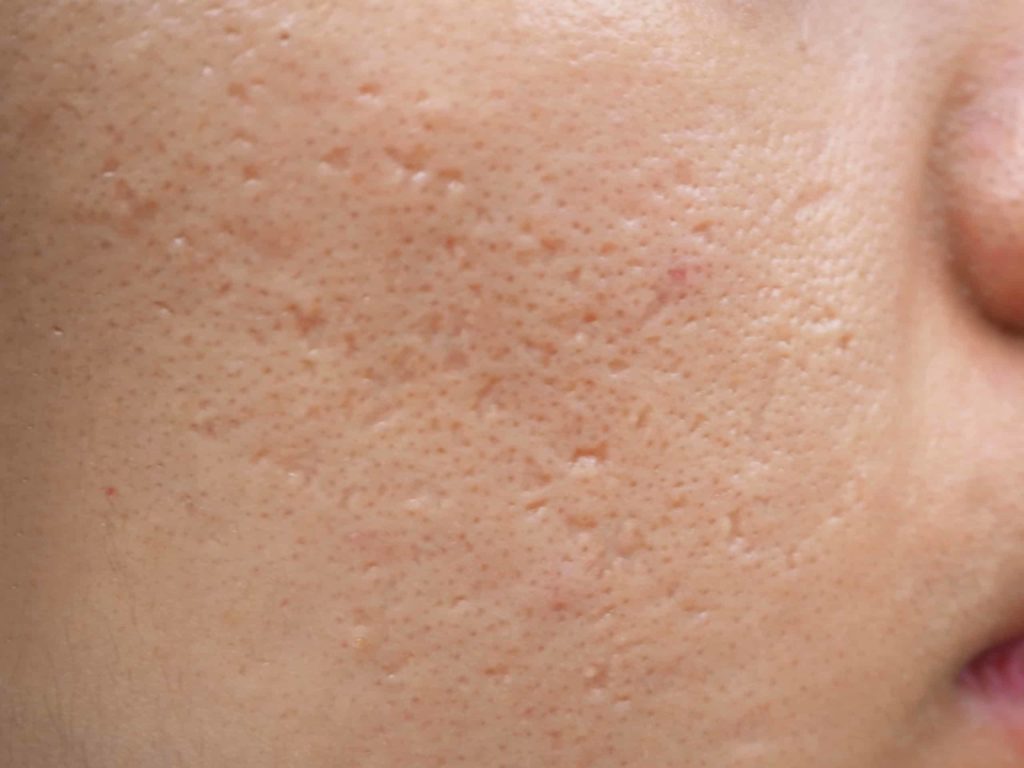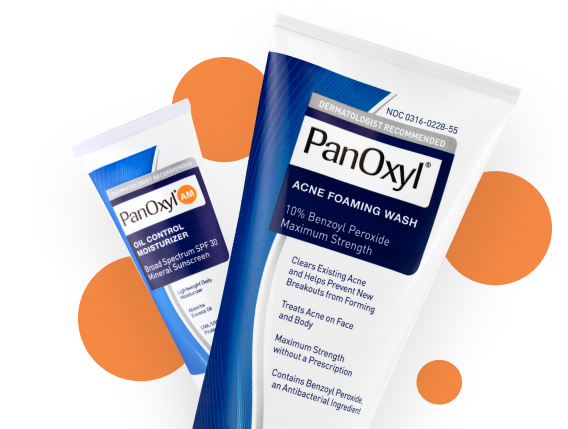
Transforming yourself into something or someone else is one of the things that makes Halloween magical. Complicated costumes can turn anyone into a junior makeup artist. But if you have acne-prone skin, face paint or costume makeup could be a horror story in the making.
Choose the right makeup
Face paint from a costume store is typically oil-based. Stay away from these! As anyone with acne-prone skin can attest, more oil on your face is never a good thing. Excess oil can clog pores and cause breakouts.
Try to find makeup that is:
- Oil-free
- Non-comedogenic
- Won’t clog pores
Makeup that has any of these terms on the label is most likely compatible with acne-prone skin.
Unfortunately, acne caused by makeup (also known as acne cosmetica) can sometimes take up to six months to appear. This can prevent you from realizing it is, in fact, a certain cosmetic that is causing you to breakout.
One tell-tale sign is where your pimples are located on your face. Acne cosmetica is most likely to appear as tiny bumps on your forehead, cheeks or chin. If your lip gloss or lipstick is the culprit, you’ll likely have tiny breakouts around your lips.
Mineral makeup is often a great choice for people who have acne. Mineral cosmetics are usually free of skin-clogging, artificial ingredients. They can also be found in some wacky colors, so you can still rock glittery purple eyeshadow.
Try before you apply
Before you get carried away binging on Halloween makeup tutorials, slow your roll. Do you know how that new cosmetic, fake blood or facial prosthetic will affect your skin?
Latex, fragrances and makeup all have the potential to cause what is called contact dermatitis. This is when your skin comes in contact with something that irritates it.
Some symptoms include:
- Itchy skin
- Rash
- Excessively dry skin
- Burning
- Stinging
- Hives
Before you layer on the glam or the gore, take time to rub a small portion of product onto your arm or hand. Allow it to set for a few hours. This will help determine how your skin is going to react to the product.
Toss last year’s face paint
Repurposing last year’s makeup is great for your budget, but can cause some serious double, double, toil and trouble for your skin. Makeup that has been opened is more likely to grow bacteria that can irritate your skin and cause breakouts. Old makeup can also lose its effectiveness and damage your skin.
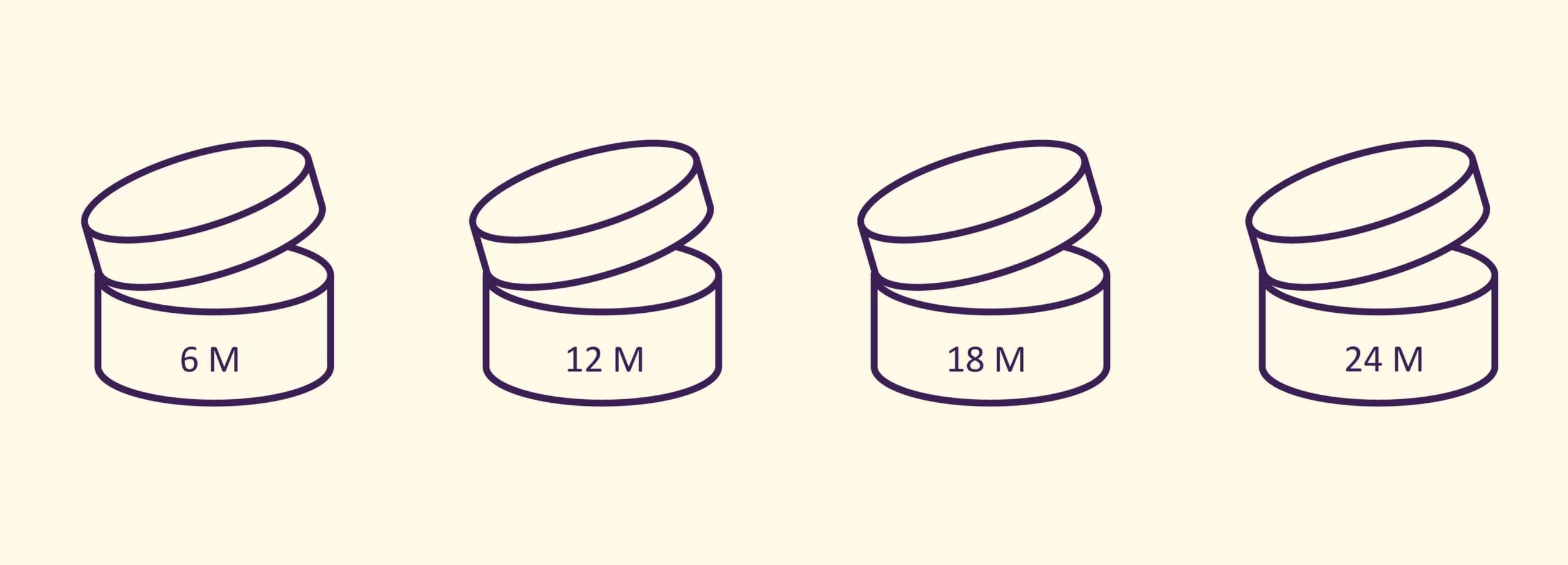
So when should you toss out old makeup? Look for an expiration date. If you can’t find one, there should be an illustration of a round jar on the back label. This will have a suggested number of months you can use a product after it’s been opened. Face paint also has a shelf life and is often indicated on the packaging.
Take the time to prime
Makeup primers are a must for when you just don’t want to deal with retouching or reapplying. A non-comedogenic primer can help your makeup stay on longer. Did you know primer might also help lessen the likelihood of breakouts?
A thin layer of makeup primer will help create a barrier between the facepaint and your skin. Make sure your makeup primer is non-comedogenic, oil-free or won’t clog pores.
Lather, rinse, repeat
When you’re done being a creature of the night and ready to go back to being clearly you, it’s time to thoroughly wash your face. You don’t want any of that costume makeup to cause bumps in the night.
Lather your face with a gentle, oil-free makeup remover. You may have to do this a few times to get all of the goop off of areas such as your hairline, nose and jaw.
Most importantly, do not scrub! Using a loofah, a washcloth or anything other than your fingertips can irritate your skin. Irritated skin is more likely to suffer breakouts.
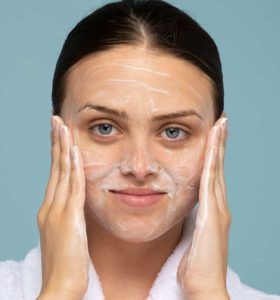
Cleanse
After you’ve removed all of the goop, it’s time to clear, treat and prevent breakouts. PanOxyl’s acne washes use benzoyl peroxide to reach deep into pores and remove excess oils and dead skin cells. It also starts killing acne-causing bacteria on contact.
